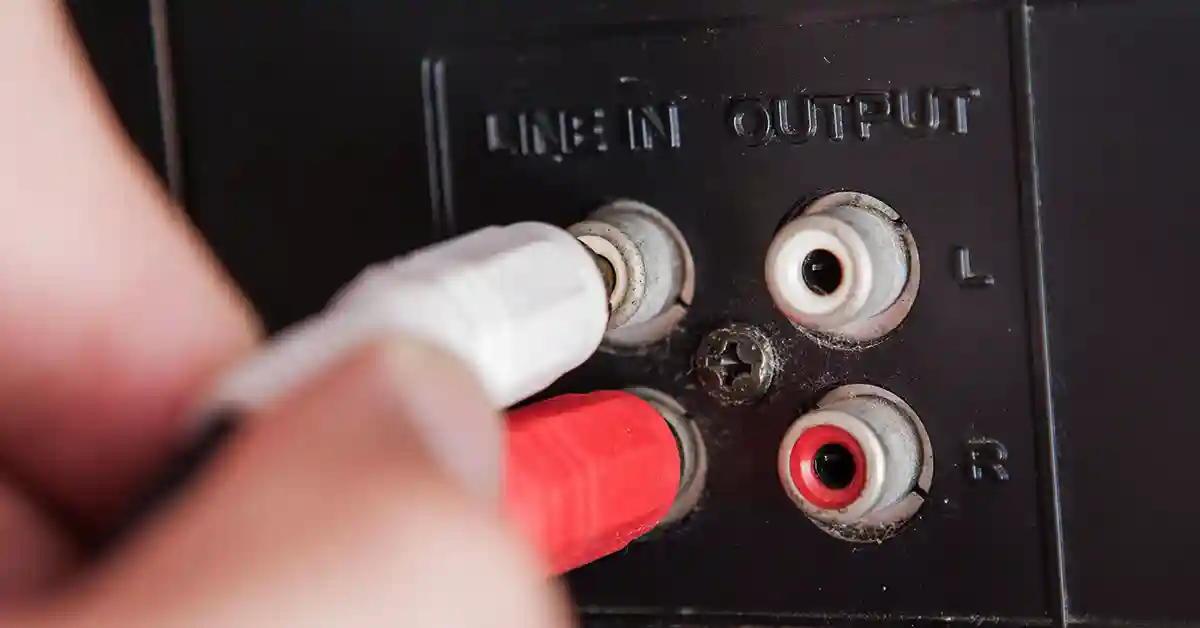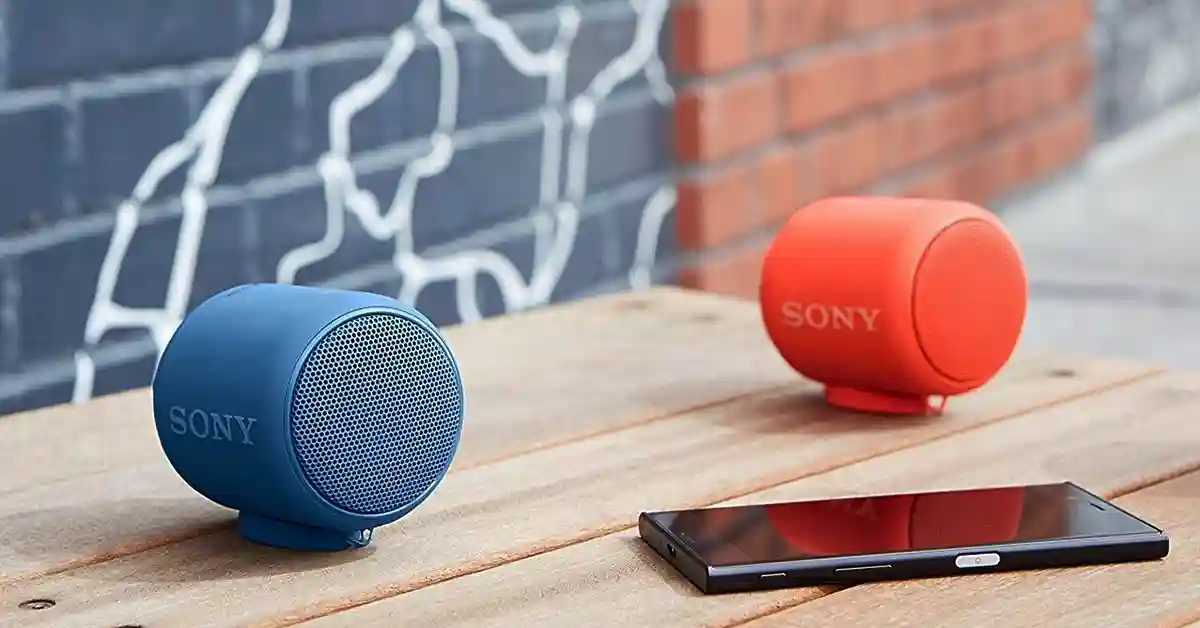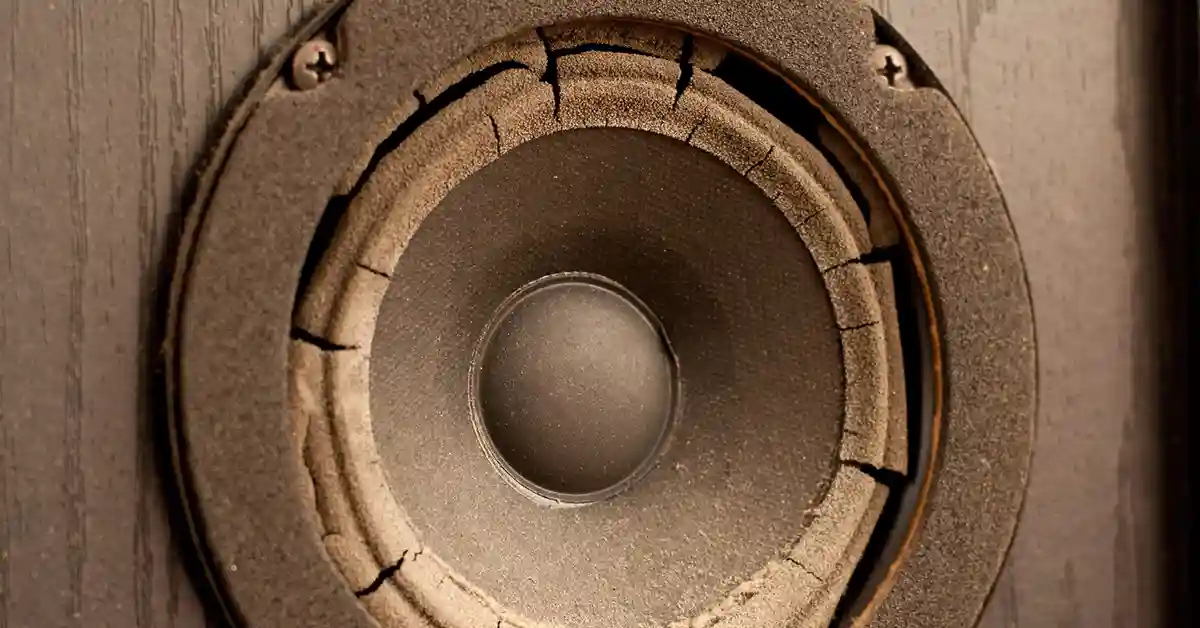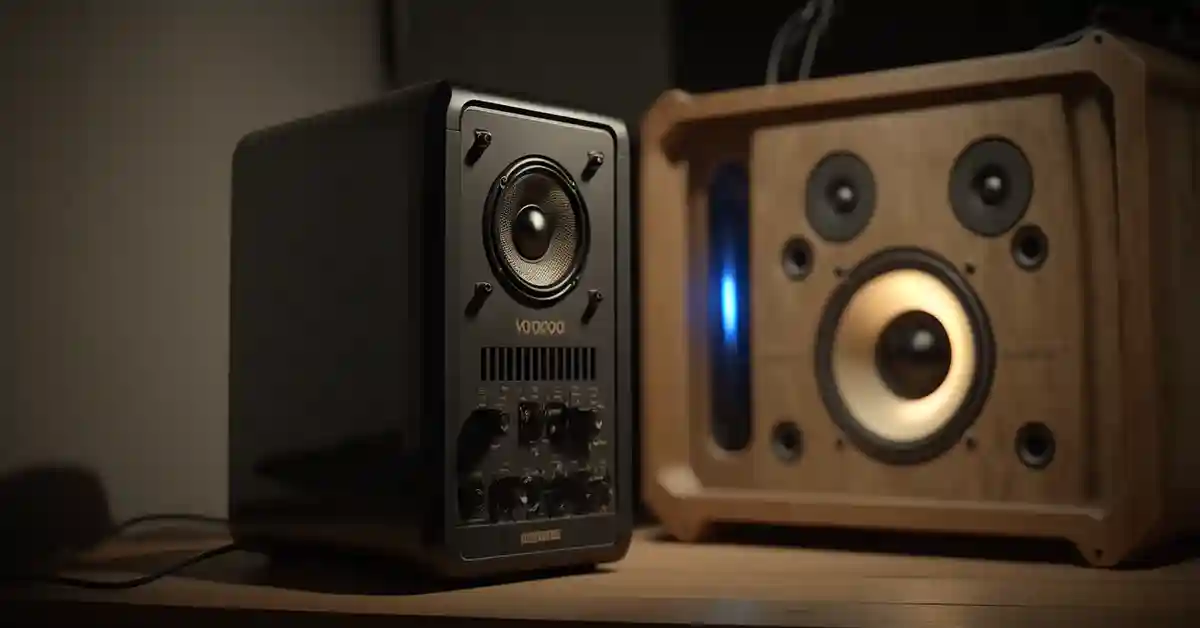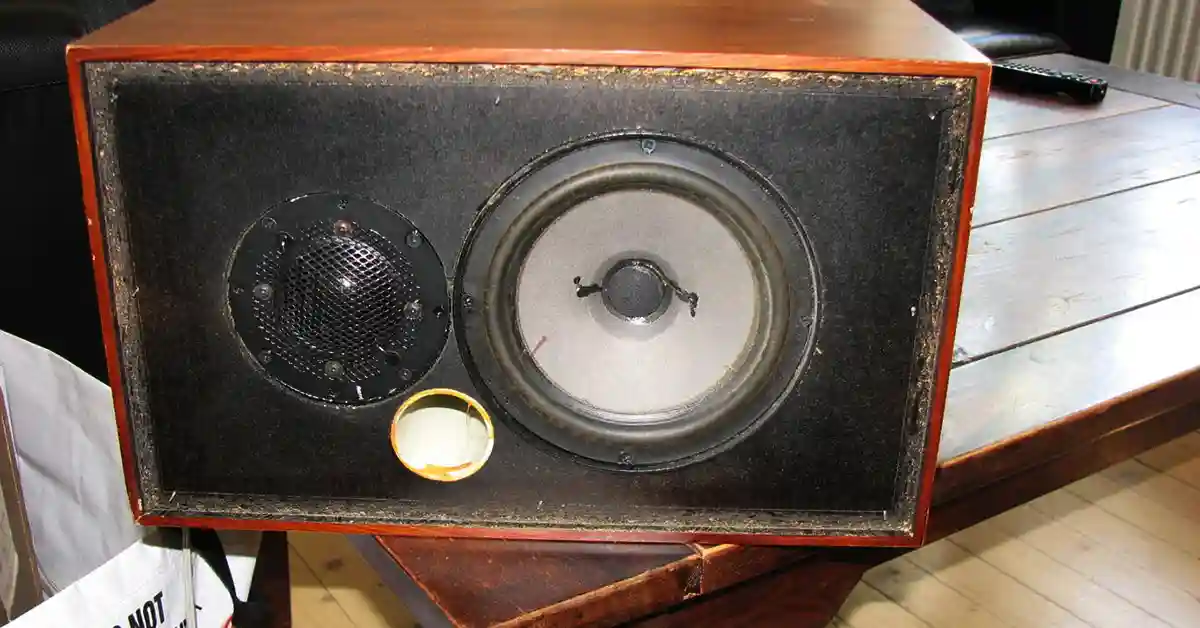How To Connect Banana Plugs To Speakers
Having wires lying around the room can create a mess, especially when those wires are not protected. As a result, they can tangle up together and ruin your listening experience.
The best solution to avoid this is to connect banana plugs to your speakers.
Banana plugs are the single wire electric connectors used to join different wires with a device. These are cylindrical with metal leaves on them.
Let's take a closer look at how they work and why you need them.
Why Do You Need To Use Banana Plugs?
Unlike bare wires, banana plugs provide you with peace of mind. This is because they don't require you to change the speaker wires frequently. Banana plugs do this by improving the lifespan of your cables without compromising the sound quality.
Different Banana Plug Types Explained
Banana plugs come in a variety of designs for different uses.
Closed Screw Banana Plugs
These types of plugs are made from two cylindrical parts that are screwed together. To use them, you have to slide the wire through the rear entry point. This effectively encloses them within the casing.
Open Screw Banana Plugs
Open Screw banana plugs are very similar to closed screws. The one key difference is that open screw banana plugs have both a rear entry point AND a side entry point, making them more versatile.
Shrouded, Unshrouded, and Retractable Banana Plugs
Shrouded / Shielded Banana Plugs
A shrouded banana plug has a sleeve around the connector. They are also called sheathed banana plugs. The difference between these and unshrouded banana plugs is that they are safer to use when electrical testing high voltages.
Unshrouded Banana Plugs
These plugs do not have any protective plastic sleeve around the connector (Uninsulated and visible). This is because people usually use unshrouded Banana plugs to conduct lower voltage tests.
Retractable Sleeve Banana Plugs
This type of banana plug has a spring-loaded retractable sleeve that slides out of the way when inserting the plug into a shrouded or unshrouded socket/jack. A retractable sleeve banana plug is typically used for higher voltage applications.
Dual Banana Plugs
Dual banana plugs consist of two plugs housed in a single unit. These are designed to be used with amplifiers or speakers that use traditional/old binding posts.
Right-Angle Banana Plugs
Right-angle banana plugs feature an exit hole that is at a 90-degree angle to the pin. These can be used with amplifiers or speakers that aren't compatible with traditional banana plugs. One of the key characteristics of these plugs is that they provide a stronger and more secure connection than standard banana plugs.
Straight Banana Plugs
Straight banana plugs are typically on patch cords or test leads for electronic test equipment, speaker wires, and probe leads or as adapters or connectors on binding posts. This style is easy to plug and unplug quickly, especially when connected as a lead.
Mini And Standard Banana Plugs
Not all banana plugs are the same size, and some are much smaller than others.
These miniature plugs are usually between 2mm and 3 mm in diameter, and they're more fragile than the standard plugs. These plugs are generally around 4 mm in diameter.
Things You'll Need To Connect Banana Plugs To Speakers
Once you understand what banana plugs are and why they're important, the next thing you need to know is how to connect speaker wires to them. For that, here's a list of things you'll need:
- Wirecutter (wire stripper) for cutting the wire to connect it with banana plugs and speaker.
- Soldering gun and wire.
- A speaker wire of the required length. It will be best to have it with an extra length of 3 feet than the exact measurements. This will help reduce pressure on cables and minimize any damage to them.
- Pliers to peel wire for inserting into banana plugs.
- Banana plugs (you need two banana plugs for every edge of the wire)
- A torch.
- Precision screwdriver
Check out this guide in case you need a guide on how to strip speaker wire.
How To Use Banana Plugs
To use speaker banana plugs, you need to follow this step-by-step guide on how to connect banana plugs to speakers.
Step 1: Disconnect Speaker
The first you need to do is to disconnect the speaker from the receiver.
Step 2: Measurement & Wire Cutting
Secondly, you need to measure the distance between the receiver and the speaker and cut the wire accordingly. Remember that you need to measure loosely because tight measurements can put pressure and quickly damage the wires. It will be good to cut the wire length a little more than the measured length, approximately three feet. So, take a wire stripper and cut the wire.
Step 3: Isolate Wires And Work with Them Separately
After cutting the wire, you need to work with the inner wires. Use pliers to peel the wire and pull back the protective sheath (or insulation) that covers the wire. Once the cables are exposed, work with them individually. Do it with both edges of the wire. Be sure to cut only ½ inches at both edges so as not to damage the wires.
Step 4: Twist Copper Wire Strands
As you know, there is a further division inside wires, known as copper strands. If you try to feed them in the banana plugs, there will be issues. So, the best thing for you is to twist the copper strands to make the wires and plugs durable. For this purpose, you can use your hands or use a pair of pliers to weave them together. One thing to consider is that the pliers may crack or break the strands, so it is best to use your hand to twist copper strands of wire.
Step 5: Unscrew Bottom of Banana Plugs
In this step, you need a screwdriver to unscrew the banana plugs that will split into parts, and you have easy access to the hole in which you need to insert wires.
Step 6: Connect Banana Plugs With The Bare Wires
Now when you have separated cables at both edges, you need to connect banana plugs. You need two banana plugs for each end. So, you have two wires in which copper strands are twisted together at both ends. You should pay special attention to the positive and negative wires and connect the banana plugs accordingly.
Step 7: Tighten The Screw
After feeding wires into the holes, you need to tighten the screws of the banana plugs to make the cables secure and have higher voice quality. Place the screwdriver on the bottom of the banana plug by inserting the screw in it with your hands. Repeat the process with each banana plug.
Step 8: Insert Banana Plugs Into Speaker
You need to insert the cables into the speaker from one side. You will need to insert the red banana plug into your speaker's red port and the black one into the black port.
Step 9: Insert Banana Plugs Into Receiver
Now you need to insert the banana plugs into the receiver as you have inserted them into the speaker. In this way, you complete the entire procedure for connecting banana plugs to the speaker.
Step 10: Test the Banana Plugs
Once you finish, you need to test the banana plugs. To do this, you first need to turn on the receiver and check the speaker's audio quality by playing any music.
Step 11: Enjoy Quality Music without any Distortion
Connecting banana plugs will help your speakers work efficiently, and there will be no fizziness of wires. You can then sit back and enjoy the music without any distortion in the sound.
Conclusion: Banana Plugs Mastered
In this article, we took a closer look at what banana plugs are and how they work. We also explained the different types of banana plugs and their characteristics.
We then looked at the different items you'll need to help you connect your banana plugs into your speakers.
Finally, we created an easy-to-use step-by-step guide on how to connect banana plugs to speakers.
From this article, we can say that banana plugs help ensure the proper connection of wires with speakers. They also prolong their lifespan without compromising the quality of sound they produce.
Related Articles

